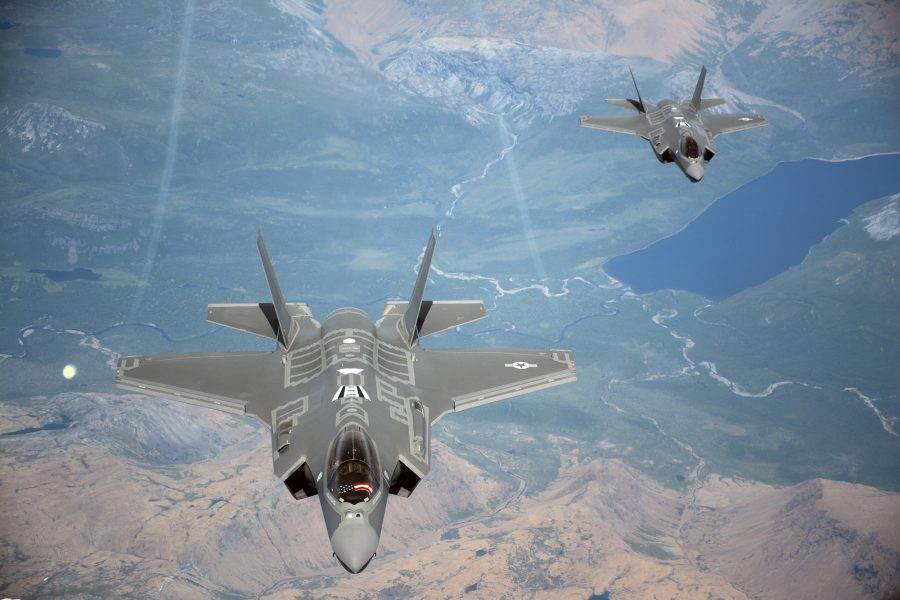ORLANDO, Fla.—While Naval Air Station Joint Reserve Base Fort Worth, Texas, is slated to become the primary home of Air Force Reserve Command’s future F-35As, AFRC is now reexamining its three runners-up—Whiteman Air Force Base, Mo., Davis-Monthan Air Force Base, Ariz., and Homestead Air Reserve Base—to ensure it “didn’t miss anything,” Air Force Reserve boss Lt. Gen. Richard Scobee told Air Force Magazine on Feb. 27.
A “more robust study” is also slated for Fort Worth, he said.
The other three installations—all of which he called “great bases”—might get F-35As later on, “based on suitability and what mission sets the Air Force” requires of the Reserve, Scobee said in an interview on the sidelines of the Air Force Association’s 2020 Air Warfare Symposium.
As of now, the “only thing that’s solid” is that the first 24 new tails will call the Lone Star State home, though he said findings from the command’s environmental impact studies could potentially change that.
Scobee said his primary environmental-impact concerns involve bringing the Joint Strike Fighter to Whiteman and Davis-Monthan, since both bases already fly A-10s, thereby making the potential for excess noise pollution a pertinent consideration.
“I love airpower, and I love living near an airport, but I’m in the minority of Americans who likes that activity, so we want to make sure that we … take care of our people, because the best thing about the Air Force is the relationships we have in our local community,” he said. “We don’t want to … hurt that with noise.”
Public hearings are scheduled in each of the four base’s local communities throughout the month of March, and the command is actively soliciting public comments on its draft “AFRC F-35A Operational Beddown Environmental Impact Statement,” the command said in a Feb. 25 release.
And while basing F-35s at Fort Worth will require some military construction, Scobee said that the amount will be minimal since the installation already houses F-16s, and “F-35s are built right across the runway” on the same base.
The funding for the MILCON there will be safe from potential border-wall diversions since “it was already identified” before those considerations began, Scobee explained.
